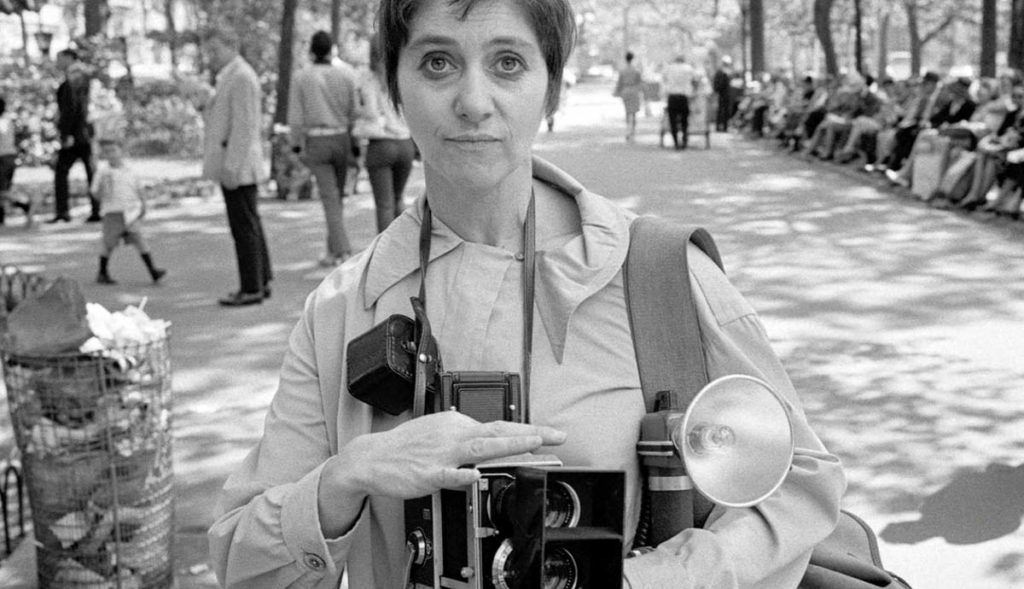To celebrate International Women’s Day (March 8), this month we present a special series about women who have marked the history of photography, from great photographers to the most clicked women of recent decades, we tell you a little bit about the lives of those who have contributed to our visual culture. In our fourth article in the series, the chosen one is Diane Arbus, a photographer known for her daily black-and-white work.
Diane Arbus was born in 1923 in New York City, the second daughter of three siblings from a wealthy Jewish family. From a young age he began to maintain a passion for painting. It wasn’t until her adulthood (in the 1940s), already married to Allan Arbus, whom Diane learned to photograph. The couple even launched a photography agency that produced several works published in major fashion and advertising magazines, an initial focus of Arbus’s work.
- In the 1950s.
- Diane Arbus changed the course of her work.
- Which became independent.
- Following the line of street photography.
- Turning her new style into a personal brand.
- The photographs.
- In square format and in black and white.
- Showed people marginalized by society: transvestites.
- Prostitutes.
- People with psychiatric problems.
- Physical malformations.
- She devoted herself to the different.
- The unusual and sometimes even strange.
Aesthetically the photos were not perfect, which was never Arbus’s wish, she was concerned about another problem: the impact these photos would have. In a short time, his work took over the main photographic samples of the time. His career took off. . On the other hand, her personal life has been shattered, she separated from her husband and suffered from depression.
By the late 1960s, Arbus had built a respected career, teaching photography at the Parsons School of Desgin, Cooper Union, New York and the Rhode Island School of Design, Providence, Rhode Island. The consolidation of his career and the courses taught have led the new generation of photographers to consider it as an example to follow, as a reference of modern photography.
In 1971, at the age of 48, Diane Arbus committed suicide, depression, successive to various periods of her life, had worsened, leading her to commit such an act, but her photographs remain alive. His work is always revered and pursued by photography professionals, certainly an example of a photographer who broke taboos and was not afraid to dare to create a new personal photographic style.

